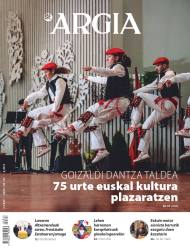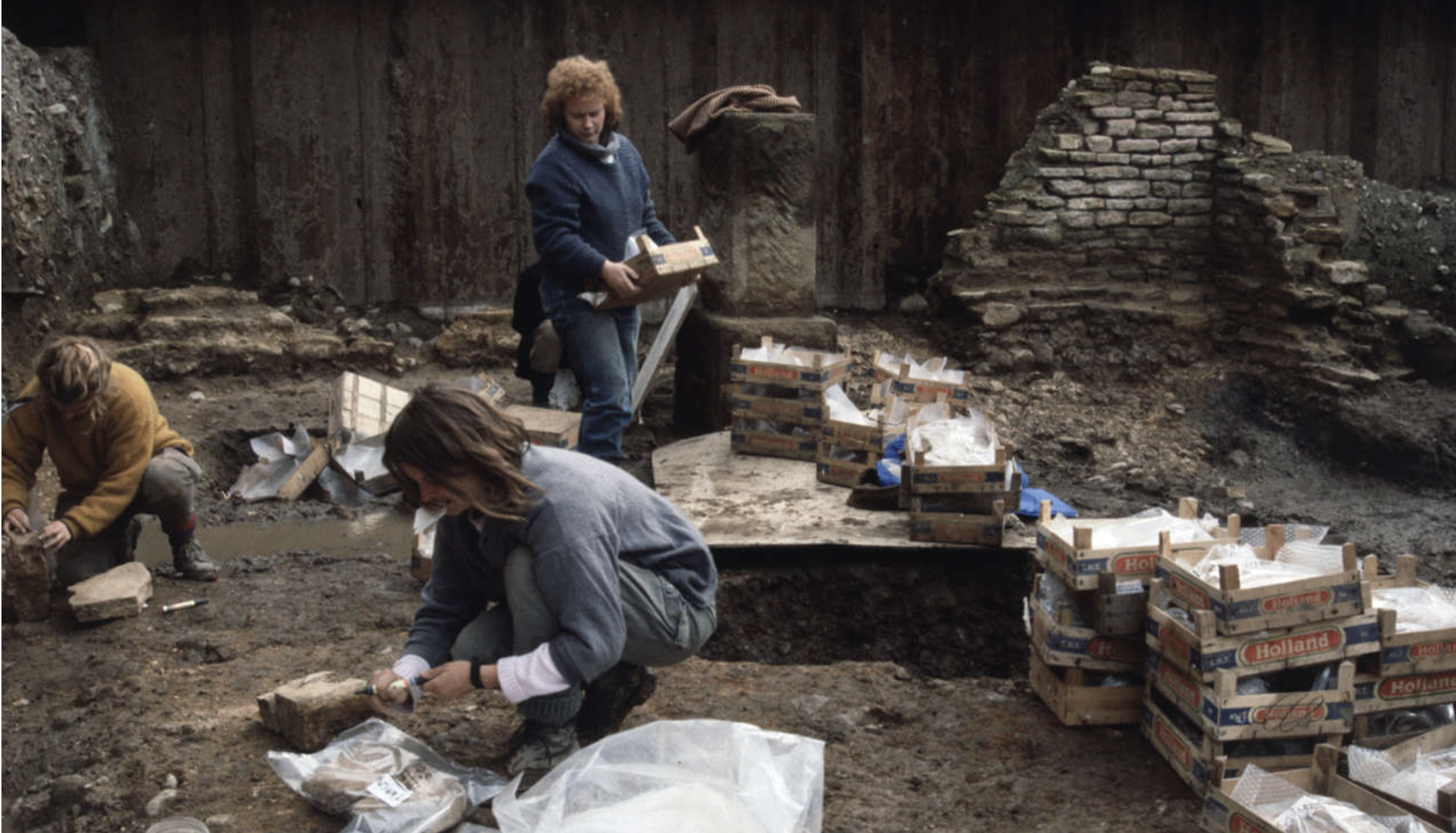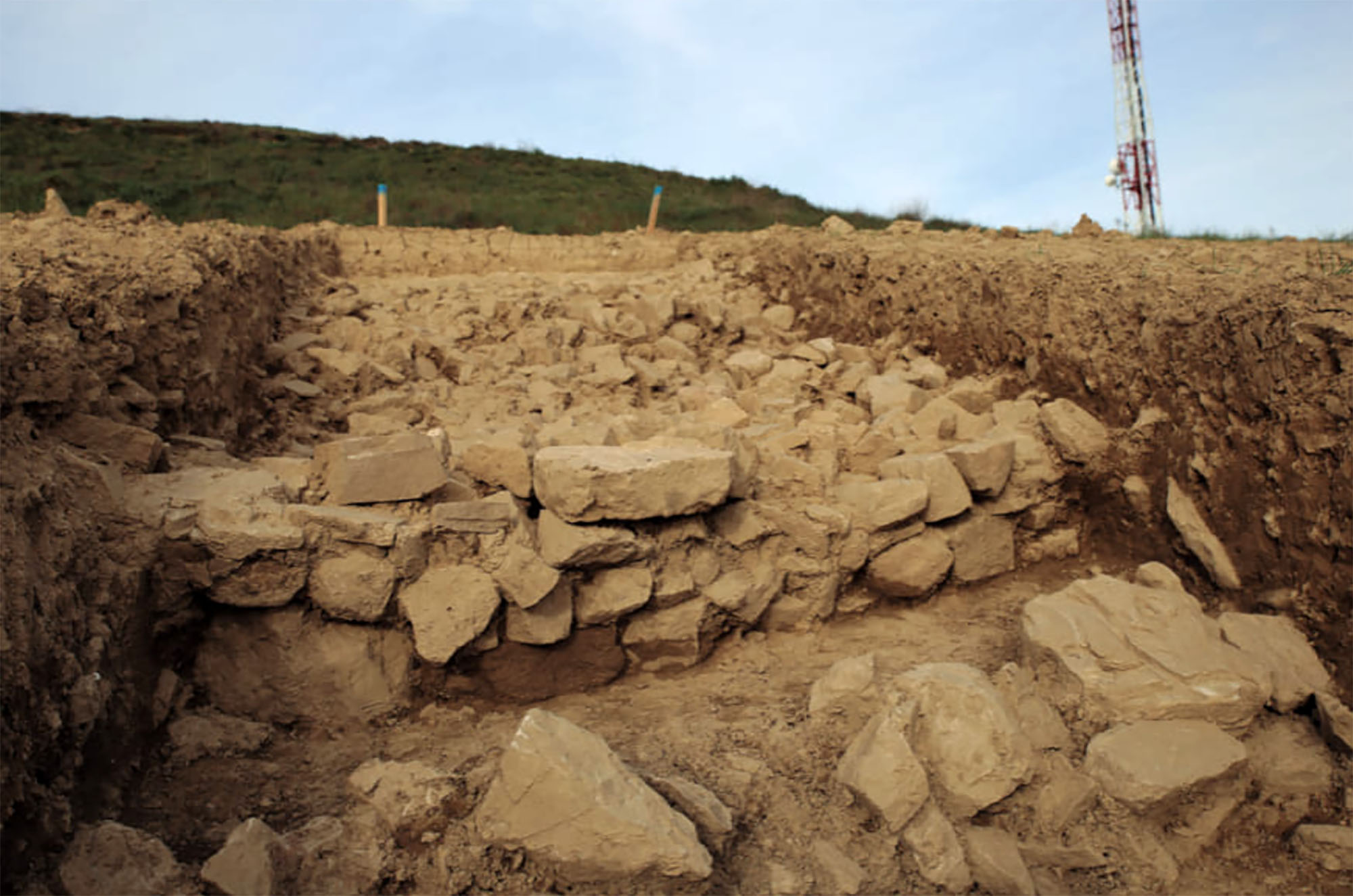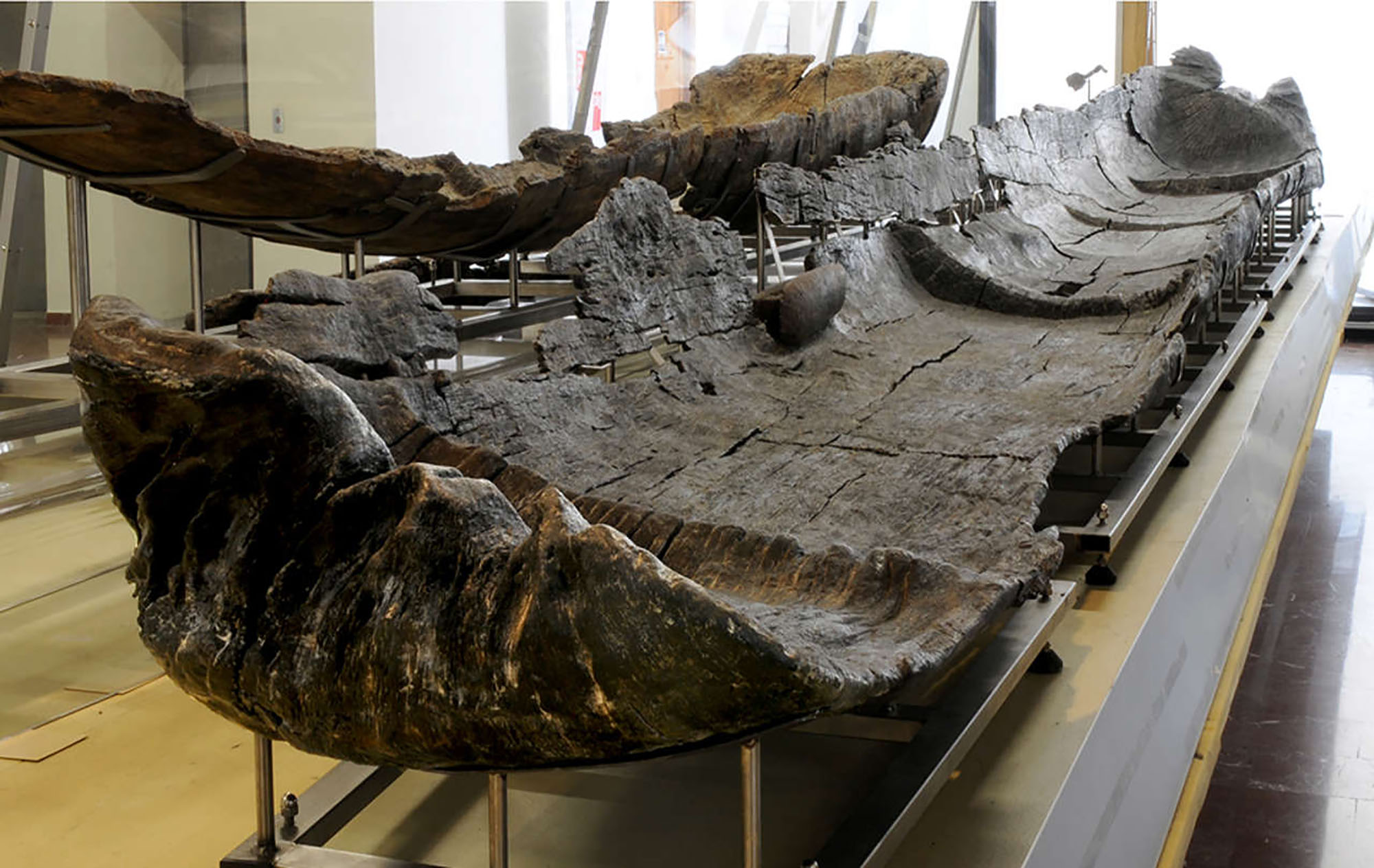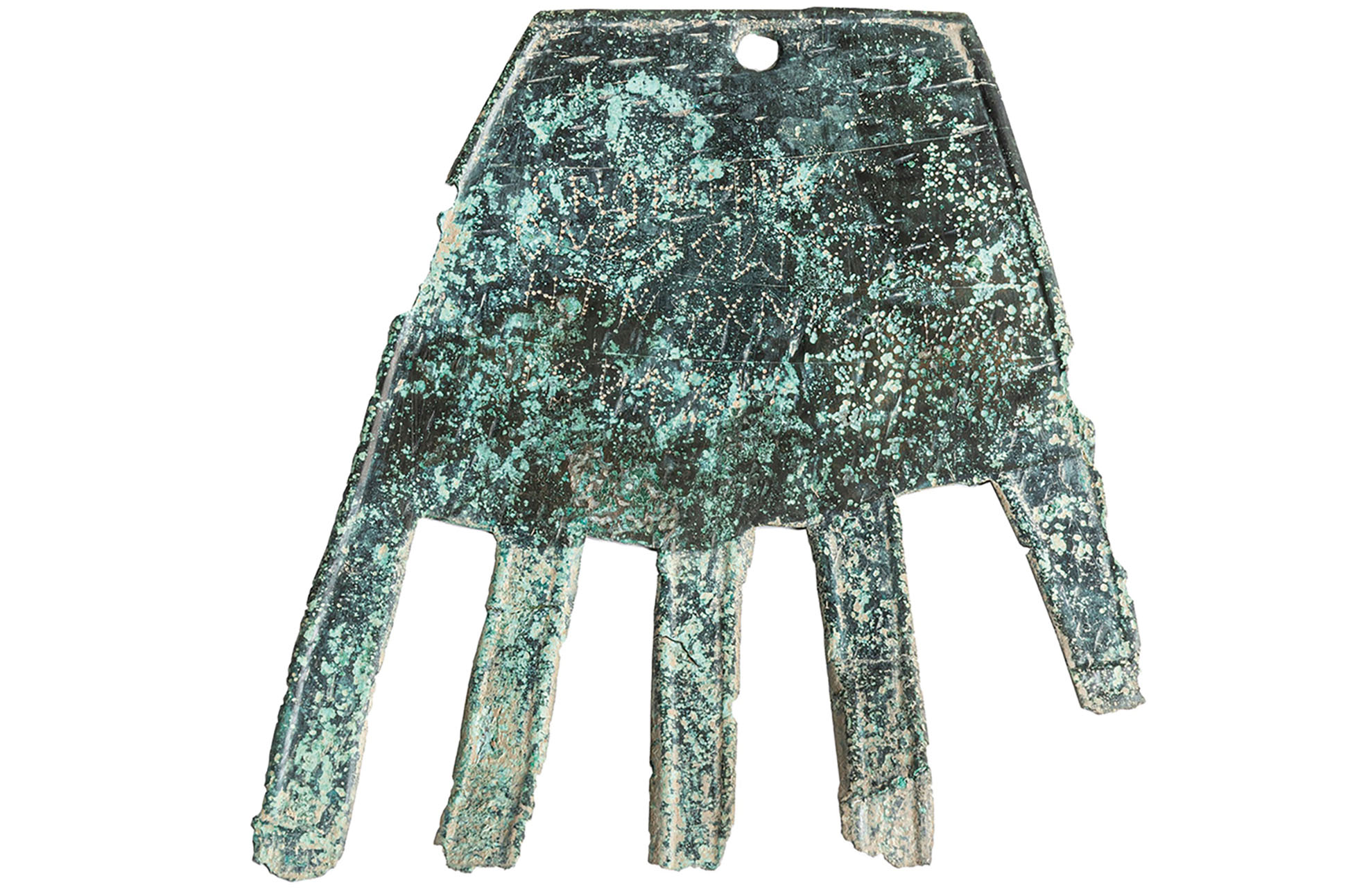Roman dodecahedron and detectorists
- Roman Empire, d.C. Centuries II and III. The Romans built and used dodecahedrons, small metallic objects of twelve pentagons, with holes of different sizes.
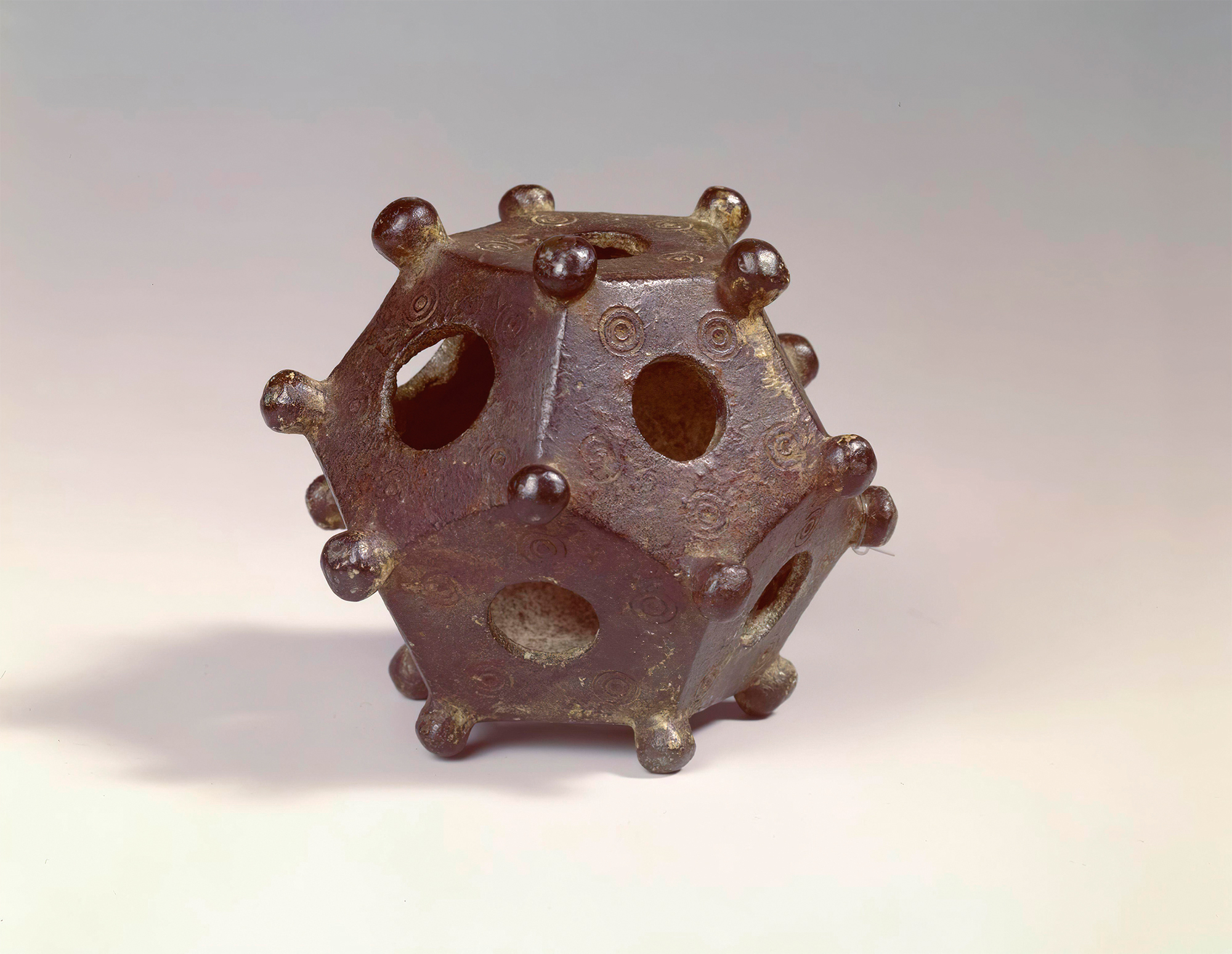
We do not know what dodecahedrons used for; in the texts there is no reference to them, but we do not know how the Romans called them, because it has recently given it the name of dodecahedron. Experts have formulated several hypotheses: that gloves were sewing devices, used as candlesticks or to calibrate the tubes, which were merely decorative objects… In 2012 Amelia Carolina Sparavigna, a researcher at the University of Turin, published another theory: that dodecahedrons were used to measure distance. Most dodecahedrons have been found at the empire’s external borders, in current Wales, Hungary, Belgium… and especially in France and Germany. According to Sparavignacio, measuring devices were more necessary for engineering works in new territories and for mapping than in the metropolis.
But Sparavigne's or another hypothesis will be very difficult to prove. When visiting museums with dodecahedrons, it is observed that most of the pieces do not have a clear origin. Beyond the country or region, it is rarely specified where they have been found, exact dates are scarce and reach museums through private collectors. That is, the dodecahedrons have not been found in archaeological excavations, but detectorists.
The increasing accessibility of metal detectors and the pride that in recent times some detectorists make and monetize “discoveries” in social networks, make the disease expand
Archaeologists or expoliators?
Detectors are those who “find lost objects” using metal detectors. This definition can be direct, for example, for those looking for objects that people have just lost on beaches. But many of those who consider themselves archaeologists are expoly detectors. They don't find objects, they look for them. And these objects were not lost, they were locked in their context, surrounded by useful information, and extracted from that context, they lost their true value forever; the archaeological and historical value of these pieces is much greater than the material payment received by the detectivers.
The increasing accessibility of metal detectors and the pride that in recent times some detectorists make and monetize “discoveries” in social networks are causing the spread of the disease. A month ago, the Mexican newspaper El Universal published an activity that is rapidly spreading from the hand of expoliadores tourists travelling across Europe and new local detectivists.
As in Mexico, in almost all of Europe the use of detectors in natural, archaeological and historical spaces with nuances is prohibited. But often the official designations of the areas are long and, in addition, many sites are located in isolated locations, so their conservation is not possible at all times. For example, last year two detectorists operating in Araba and Burgos detected about a hundred objects, of which a dozen were old coins and a dozen were fragments of historical pieces that surely cannot be studied and identified without context.
Archaeologists consider that the law, the key is in education: you don't have to look for objects of historical value, and if they are found carelessly, you don't have to touch or move them, and you have to communicate them to institutions.
Imagine what would happen if Irulegi’s hand had been “found” by detectors. And think about how many dodecahedrons and how many hands are losing forever.
York (Ingalaterra), K.o. II. mendea. Eboracum erromatar hirian hainbat egitura eta etxe eraiki zituzten. Besteak beste, egungo Wellington Rowen harrizko eraikin bat egin zuten eta Queen’s Hotela dagoen tokitik igarotzen zen harresian arku bat jarri zuten. Bi aztarnategiak... [+]
1992. eta 2006. urteen artean, Erromako Bracciano lakuko uretan, Neolito goiztiarreko La Marmotta aztarnategia industu zuten. Berriki, Plos One aldizkarian han aurkitutako bost piraguen inguruko ikerlana argitaratu dute. Ontziak 7.000-7.500 urte inguru dituztela ondorioztatu... [+]
In the Gulf of Mecklenburg, in Baltic waters, archaeologists identified in 2021 a stone structure of almost a kilometre. Now a team of interdisciplinary researchers has published a study on the wall in the journal PNAS.
The structure is about 10,000 years old and has come to... [+]









